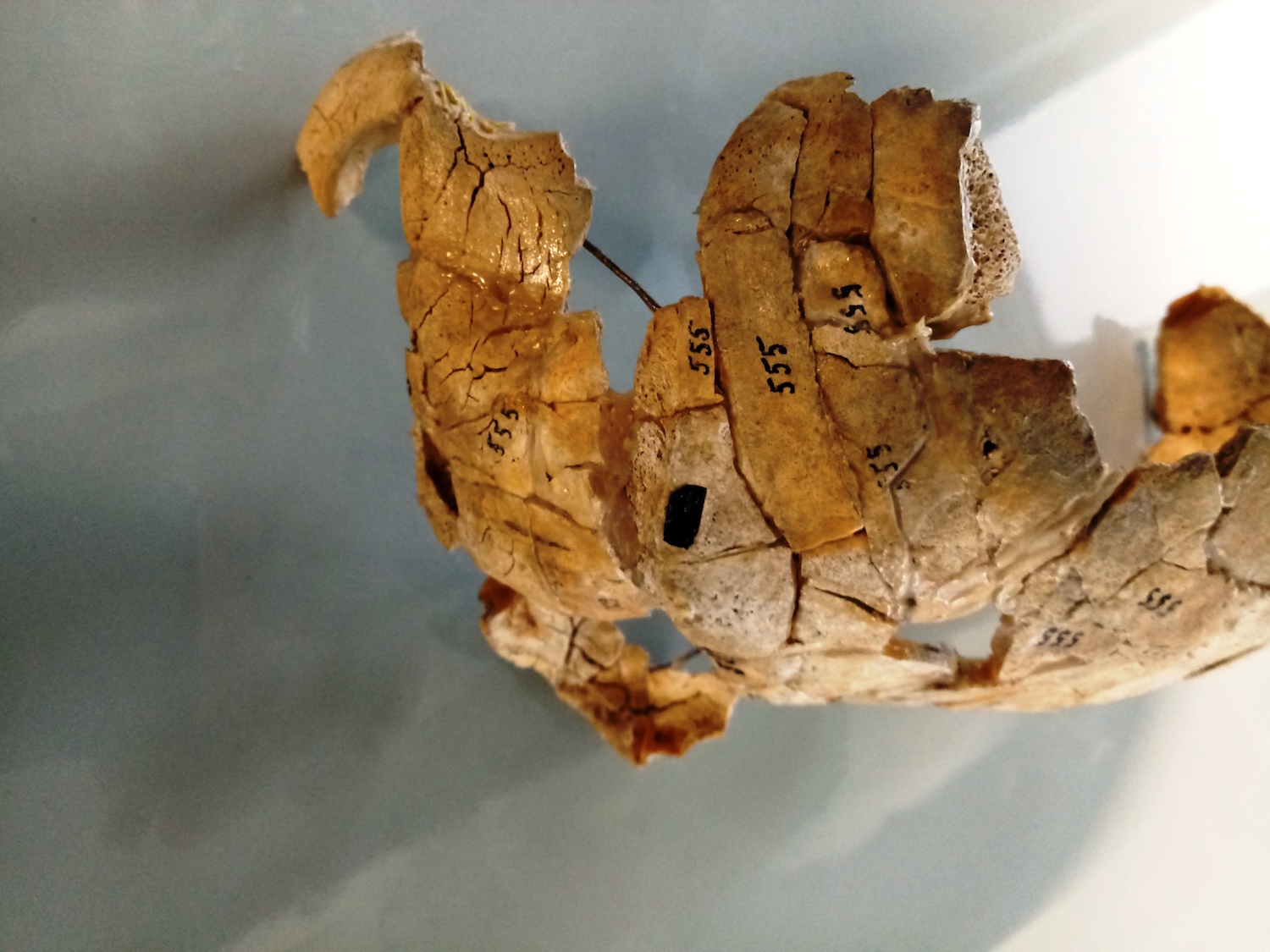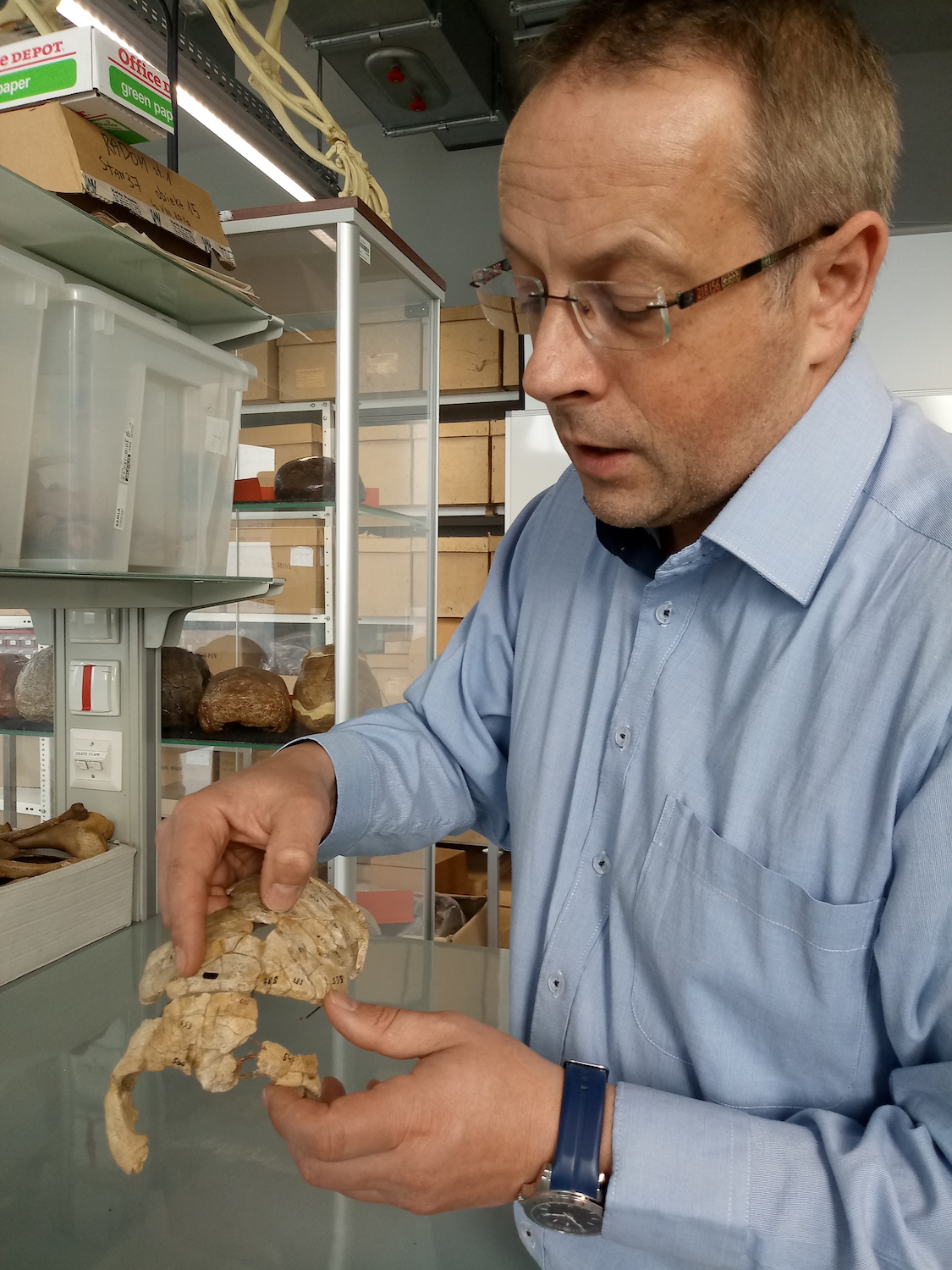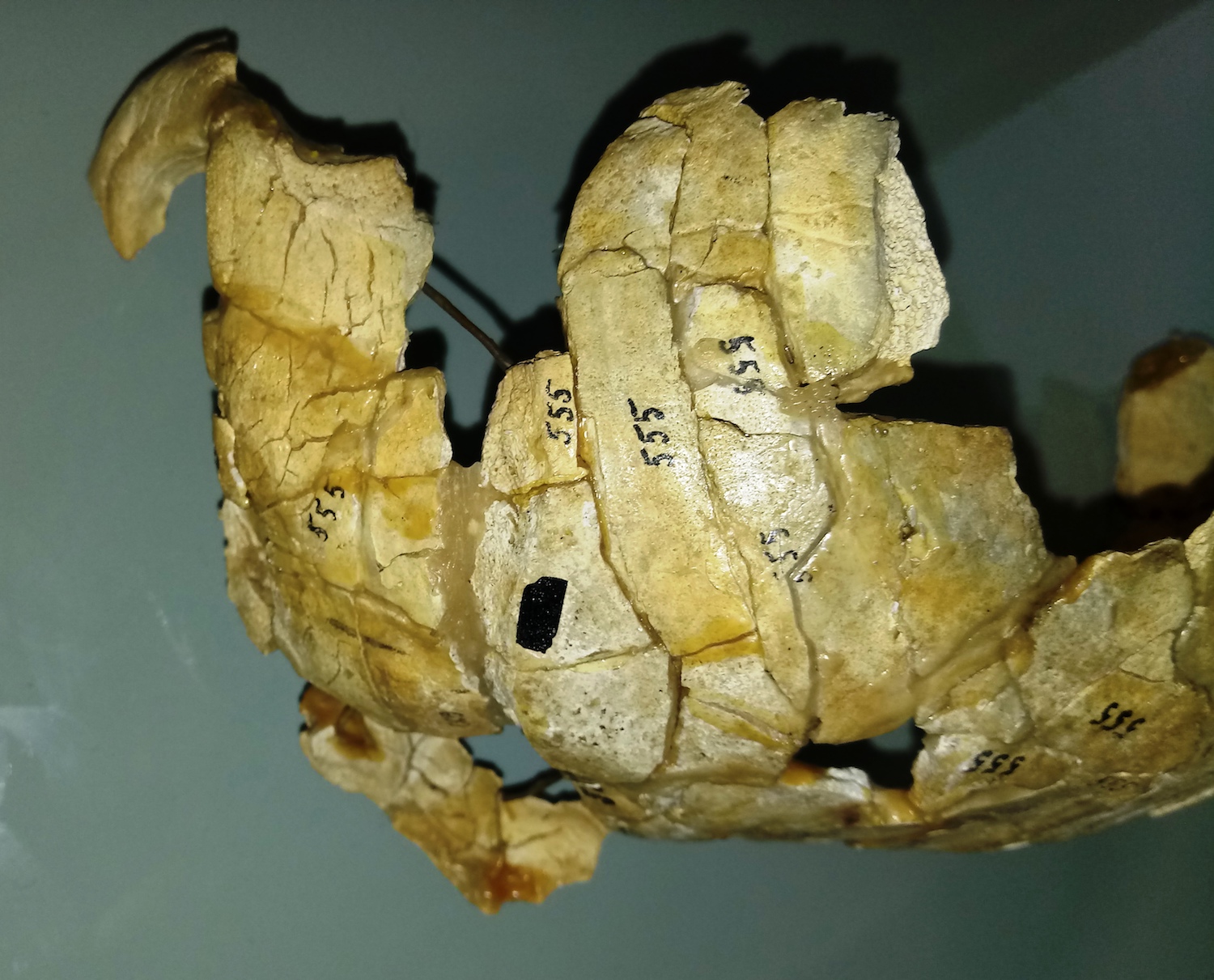Cannibalism? Nope, This 8,000-Year-Old Man Was Likely Burned in a Ritual

The shattered skull of a hunter who lived about 8,000 years ago isn’t evidence of cannibalism, as scientists previously thought. Rather, the hunter died in a grisly murder, new research suggests.
Although the ancient skull, found in what is now Poland, is severely damaged, a new analysis revealed that the skull showed signs of healing, meaning that the man likely lived a little more than a week after his injury.
"It turned out that the damaged skull shows traces of healing that can not be seen with the naked eye," Jacek Tomczyk, a physical anthropologist at the University of Cardinal Stefan Wyszyński in Warsaw, told the news website Science in Poland. "This means that the person did not die at the moment when the impact occurred, which also destroys the archaeologists' belief that we are dealing with a victim of cannibalism." [In Images: An Ancient European Hunter Gatherer]
Researchers originally discovered the Stone Age skull nearly 50 years ago on the banks of the Narew River, in Wieliszew, a district in east-central Poland. In addition, in the late 1950s, archaeologists also found an ancient burned human bone nearby, as well as flint tools, which suggested that the man was a hunter. These artifacts dated to the Mesolithic, the period that followed the last ice age.

Because the bone was burned and the skull had obviously been dealt a strong blow, the researchers concluded that the man had been cannibalized.
But Tomczyk and his colleagues decided to take a second look. They re-examined the ancient skull with a scanning electron microscope and a computed tomography (CT) scanner, which allowed the researchers to create digital 3D images.
The analysis showed a long, horizontal incision on the center of the man's forehead, Tomczyk told Live Science in an email. "Despite the fragmentation of the skull, the edges of the incisions are regular, not ragged," as they would be right after an injury, he said. A closer look at these edges revealed a "subtle callous formation bridging several bone fragments," indicating that the wound was just starting to heal.
Get the world’s most fascinating discoveries delivered straight to your inbox.
"This is the first case from Mesolithic Poland where we see bone damage and healing," Tomczyk told Science in Poland. Now, the only Mesolithic site in Poland thought to contain cannibalized remains is Pomorska, in the Lubuskie Lake District, he noted.
As for the bone, it's possible it was burned in a funerary ritual, as people during the Mesolithic both burned and buried corpses.

The ancient hunter was likely in his 20s when he died. "We also did DNA testing, but unfortunately tissue damage caused by high temperatures made it impossible for us to obtain reliable results," Tomczyk told Science in Poland. The skull injury, however, was clear as day. It appears that the hunter "received a sharp hit with the tool," he said.
The research has been submitted to a peer-reviewed research journal, but but it is not yet published.
- Photos: New Archaeological Discoveries in Northern Iraq
- In Photos: The World's Oldest Cave Art
- Underwater Stone Age Site Was Fisherman's Paradise
Originally published on Live Science.

Laura is the archaeology and Life's Little Mysteries editor at Live Science. She also reports on general science, including paleontology. Her work has appeared in The New York Times, Scholastic, Popular Science and Spectrum, a site on autism research. She has won multiple awards from the Society of Professional Journalists and the Washington Newspaper Publishers Association for her reporting at a weekly newspaper near Seattle. Laura holds a bachelor's degree in English literature and psychology from Washington University in St. Louis and a master's degree in science writing from NYU.
